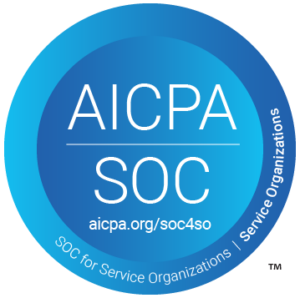Speed, accuracy, and efficiency are non-negotiables when it comes to software development. Yet, many organizations still rely on manual testing, unaware of the hidden costs that weigh down their QA efforts. From excessive time spent on repetitive tasks to the high cost of maintaining outdated test scripts, manual testing creates bottlenecks that slow down releases and inflate budgets.
So, what are these hidden costs, and how can AI-powered automation—like Appvance IQ (AIQ)—eliminate them? Let’s take a closer look.
The True Cost of Manual Testing
1. Slow Execution and Longer Release Cycles
Manual testing is inherently time-consuming. Each test must be executed by a human tester, which means slower test cycles and delayed product releases. When new features are introduced, teams must re-run tests, leading to further delays.
🔴 The Impact: Slower time-to-market, missed deadlines, and reduced competitive advantage.
2. High Labor Costs
Hiring and maintaining a skilled QA team is expensive. Manual testing requires a significant workforce to execute, analyze, and maintain tests—especially for enterprise applications with complex user journeys.
🔴 The Impact: Increased operational costs, dependency on large QA teams, and resource allocation inefficiencies.
3. Increased Maintenance Effort
Test scripts and test cases require constant updates to keep pace with application changes. In manual testing, these updates are done by hand, consuming valuable time and leading to inconsistencies or outdated tests.
🔴 The Impact: Higher maintenance efforts, reduced productivity, and test case bloat.
4. Human Error and Inconsistent Results
No matter how experienced a tester is, manual testing is prone to errors. Fatigue, oversight, and inconsistency in test execution can lead to missed defects, causing costly bugs to slip into production.
🔴 The Impact: Increased defect leakage, more time spent on bug fixing, and potential reputational damage.
5. Limited Test Coverage
With manual testing, time and resource constraints often lead to insufficient test coverage. Testers focus on critical areas while overlooking edge cases, integrations, and performance testing.
🔴 The Impact: Higher risk of undetected defects, unstable releases, and customer dissatisfaction.
Eliminating Manual Testing Costs with AIQ
AIQ is revolutionizing QA by replacing manual and script-based testing with AI-driven test automation. Here’s how it solves the hidden costs of manual testing:
✅ Automated Test Generation: AIQ generates test scripts from plain English test cases, eliminating the need for human-led scripting.
✅ Faster Execution: AI-powered automation runs thousands of tests in minutes—far beyond human capabilities.
✅ Lower Maintenance: AIQ dynamically updates tests at every build, reducing script maintenance efforts by 100X.
✅ Increased Accuracy: Eliminates human error, ensuring reliable and repeatable test execution.
✅ Comprehensive Test Coverage: AI-driven exploratory testing ensures complete coverage across the entire application.
The Bottom Line
The hidden costs of manual testing add up quickly, creating inefficiencies that slow down software development and drain resources. By adopting AI-first test automation with AIQ, businesses can accelerate releases, reduce costs, and improve software quality—without the bottlenecks of traditional testing methods.
🚀 Ready to eliminate manual testing costs? Let’s talk about how Appvance can help. Request a demo to discover how AIQ can revolutionize your testing process today!




